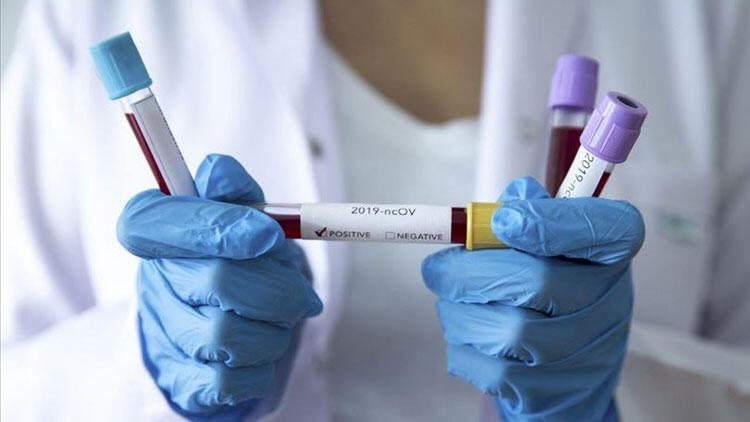
The World Health Organization (WHO)’s European office said yesterday that despite some “optimistic signs” in some of the countries worst hit by the new coronavirus, the number of cases was rising and approaching 1 million in the continent alone.
“We remain in the eye of the storm,” WHO regional director for Europe, Hans Kluge, told a news conference, noting that about half of worldwide confirmed cases were in Europe.
Kluge noted they had seen positive signs in terms of “declining numbers” in Spain, Italy, Germany, France and Switzerland.
However, he said the “positive signals” in some countries were overshadowed by sustained orincreased levels in other countries, such as Britain, Turkey, Ukraine, Belarus and Russia.
As some European countries have started to ease some of the restrictions put in place to curb the spread, Kluge urged countries to make sure that control mechanisms were in place.
“It is imperative that we do not let down our guard,” Kluge said.
Before easing restrictions, Kluge said countries needed to make sure evidence showed that transmission was under control.
Countries also needed to ensure that healthcare had the capacity “to identify, isolate, test, trace contacts and quarantine.” Kluge also stressed that risks needed to be minimized in high-vulnerability settings, such as retirement homes and areas where people live in crowded places.
Workplaces also needed to take preventative measures, and countries needed to manage importation risks, Kluge added.
If countries could not ensure these criteria, Kluge urged them to “please re-think.”
On April 15, Denmark became the first country in Europe to start reopening schools, while Finland
lifted a travel blockade on the Helsinki region.
Austria, Italy and Spain have also allowed some businesses to reopen.
German Chancellor Angela Merkel on April 15 announced first steps in undoing coronavirus restrictions that have plunged the economy into a recession, with most shops allowed to open although schools must stay closed until May 4.
Shops up to 800 square meters are allowed to reopen once they have “plans to maintain hygiene,” Merkel told reporters in Berlin, as Germany sees “fragile intermediate success” in slowing the spread of COVID-19.
“We have to proceed with extreme caution,” she said following her afternoon meeting with the heads of Germany’s 16 states.
Rules will therefore remain in force preventing more than two people from gathering in public, other than family groups who live together.
Schools will gradually be reopened with priority given to pupils about to take leaving examinations.
Meanwhile, a ban on large public events will be upheld until Aug. 31 to prevent possible mass transmissions of the virus.
In the United States, President Donald Trump vowed to unveil plans to reopen the world’s top economy, claiming the U.S. had “passed the peak” of the coronavirus crisis despite a record daily death toll.
The global death toll has topped 133,000 with more than two million infected, with nearly 2,600 dying in the past 24 hours in the U.S. alone.
But a bullish Trump told reporters his “aggressive strategy” against the virus was working and that “the data suggests that nationwide we have passed the peak on new cases.”
He promised swift “guidelines” on reopening parts of the country, suggesting less-affected states could ease restrictions before May 1. “We’ll be the comeback kids, all of us,” said Trump.